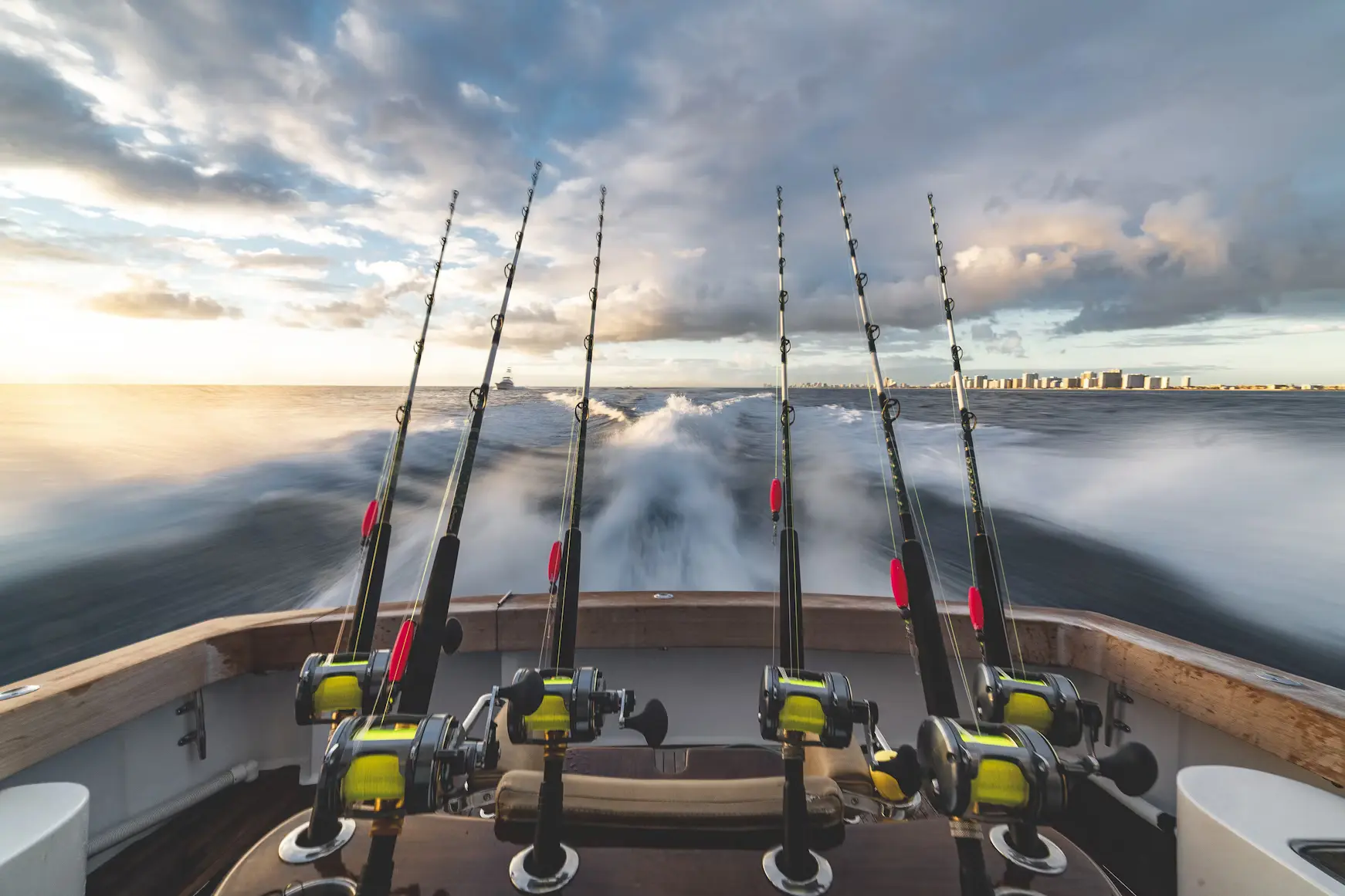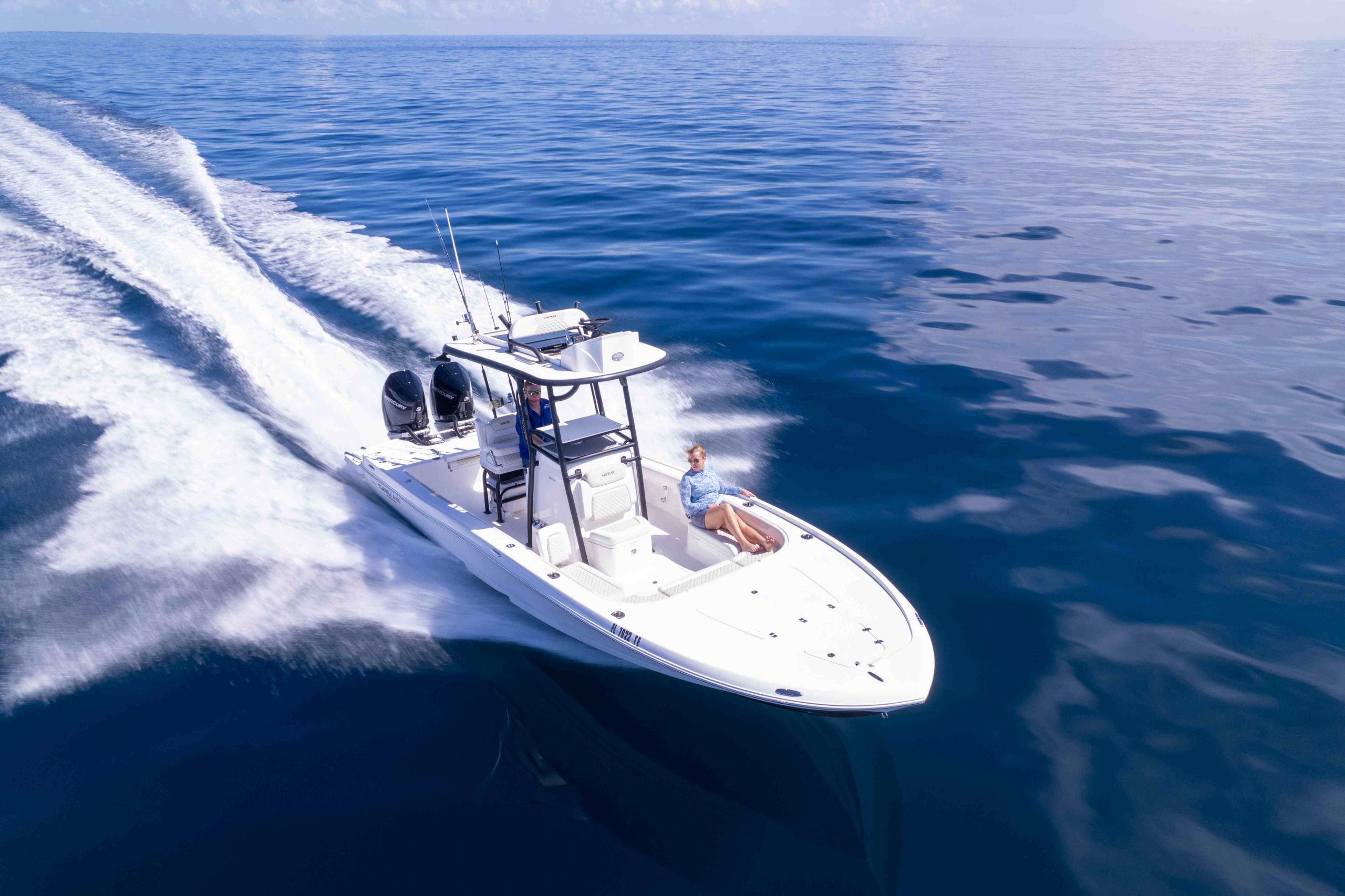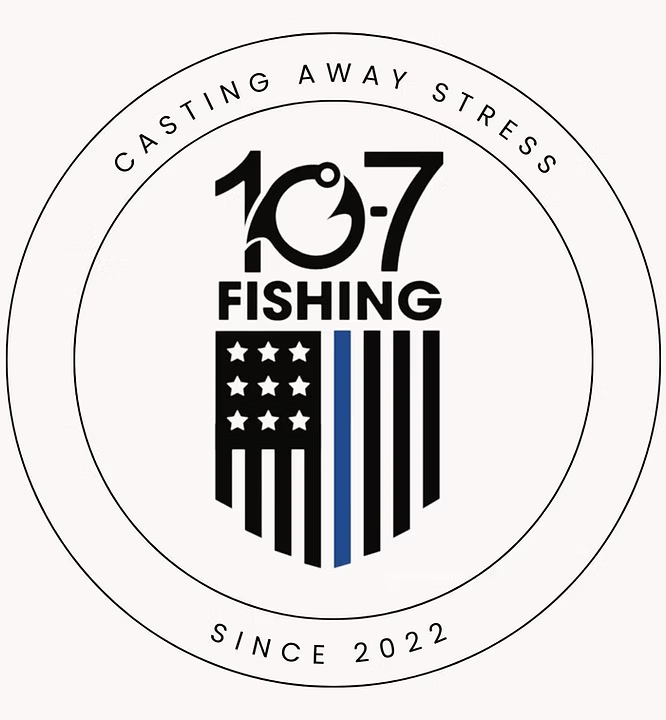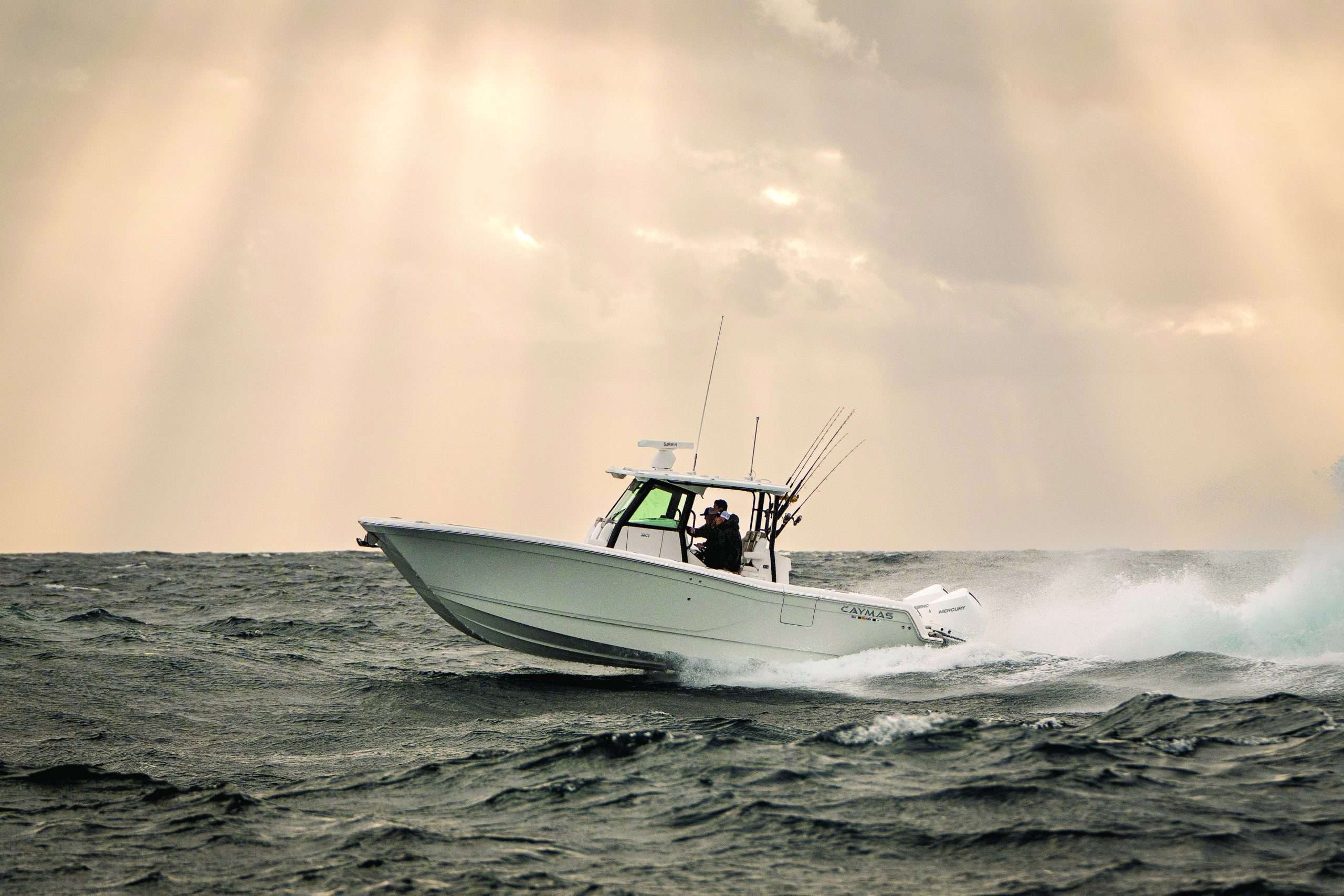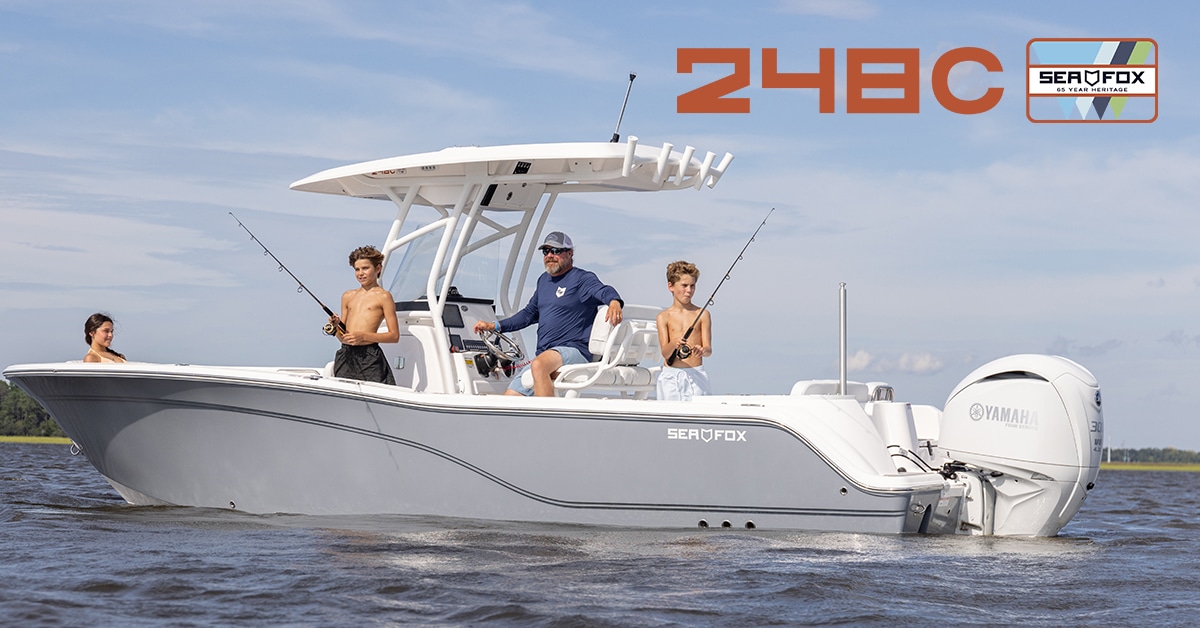Florida’s tropical storm season brings not only turbulent weather but also significant changes to marine ecosystems. Understanding these changes is crucial for fishers aiming to adapt their techniques to the post-storm environment. Today we explore the impact of tropical storms on marine life and offer some practical advice on how to adjust fishing strategies accordingly.
Impact of Tropical Storms on Marine Life
Immediate Effects
- Displacement of Fish Populations: Strong currents and waves can displace fish from their usual habitats.
- Changes in Water Salinity and Temperature: Heavy rains and runoff alter the salinity and temperature of coastal waters.
- Increased Turbidity and Debris: Storms stir up sediment and debris, affecting water clarity and marine life habitats.
Short-Term Behavioral Changes
- Altered Feeding Patterns: Disruption of food sources leads to changes in feeding behavior.
- Shifts in Habitat Preferences: Fish may seek shelter in new areas, such as deeper waters or sheltered bays.
- Increased Stress Levels: The chaotic environment causes stress, impacting fish behavior and health.
Long-Term Behavioral Adaptations
- Potential Long-Term Migration Patterns: Persistent changes in the environment may lead to new migration routes.
- Changes in Reproductive Behaviors: Altered habitats and conditions can impact breeding cycles.
- Adaptation to New Food Sources: Fish may adapt to consuming different prey available post-storm.
Observing and Understanding Marine Life Post-Storm
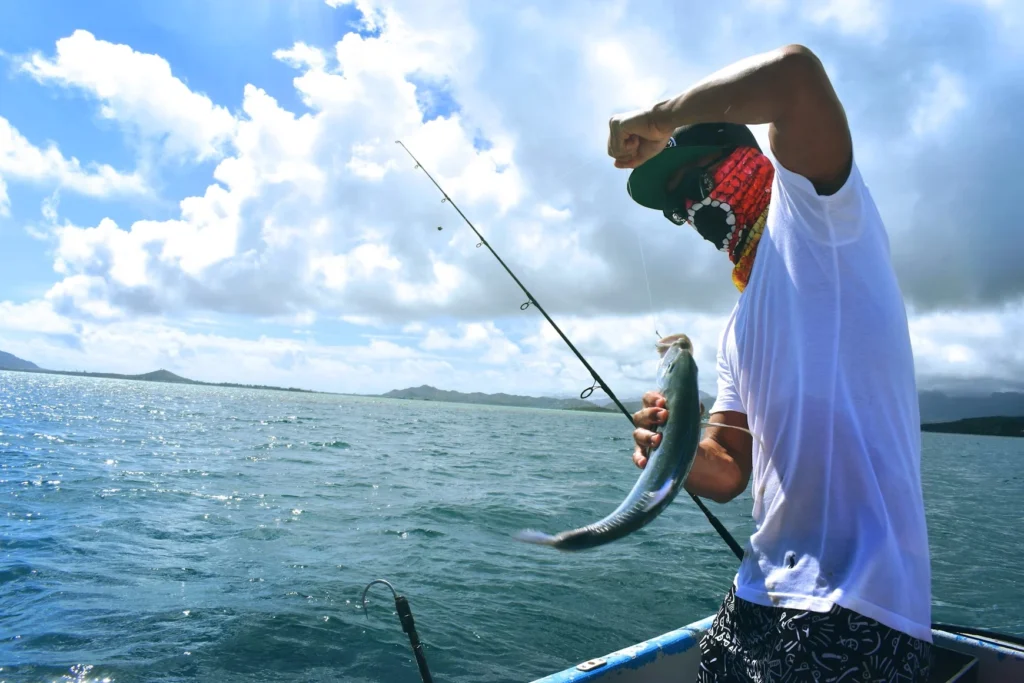
Monitoring Water Conditions
- Importance of Checking Water Quality: Ensure water conditions are conducive to fishing including salinity, temperature, turbidity, and oxygen levels. These factors can significantly influence fish behavior and habitat selection, ultimately affecting your fishing success.
- Tools and Resources for Monitoring: To effectively monitor water conditions, a variety of tools and resources are available:
- Local Weather Reports: These provide valuable information about recent and upcoming weather patterns, including rainfall amounts, wind speeds, and temperature changes. Websites like Weather.com or local news stations often offer detailed marine forecasts.
- Water Quality Apps: Several apps can help anglers keep track of water conditions in real-time. Examples include:
- FishBrain: Offers fishing forecasts, water temperatures, and community-reported fishing conditions.
- My Fishing Advisor: Provides detailed information on water conditions and suggests fishing strategies based on real-time data.
- Navionics Boating and Marine: Includes detailed nautical charts and real-time water condition updates, including temperature, salinity, and turbidity.
- Online Resources: Websites like the National Oceanic and Atmospheric Administration (NOAA) and local environmental agencies provide comprehensive data on water quality, including temperature, salinity, and turbidity measurements. These resources are often updated regularly and can be tailored to specific regions.
Identifying Behavioral Patterns
- Signs of Stressed or Displaced Fish: Signs of stressed or displaced fish often include unusual swimming patterns, such as erratic or sluggish movements. Additionally, they might exhibit changes in coloration or reduced feeding activity, further indicating their stress or displacement.
- Observing Changes in Fish Activity and Location: Note any shifts in fish behavior or habitat preferences. Fish may also be found in atypical locations, seeking refuge in deeper waters, under debris, or near structures they wouldn’t normally inhabit.
Adapting Fishing Techniques
Choosing the Right Locations
- Identifying New Hotspots: Post-storm conditions can create new prime fishing areas.
- Deeper Waters and Sheltered Areas: Fish may congregate in more stable environments.
Modifying Bait and Lures
- Matching Bait to Altered Feeding Patterns: Use bait that mimics the new food sources.
- Experimenting with Different Types of Lures: Try various lures to see what attracts fish in changed conditions.
Time of Day
- Best Hours of Day to Fish Post-Storm: Fish may be more active at different times than usual. For example, some fish may be more active during the early morning hours, taking advantage of the calmer conditions and feeding on prey that has been stirred up by the storm. Alternatively, late afternoon can also be a prime time as water temperatures stabilize and fish become more comfortable resuming their normal activities.
Casting Techniques
In conditions of reduced water clarity following a tropical storm, it’s crucial to adjust your casting technique to increase your chances of success. One effective approach is using the “fan casting” technique:
- Wide Coverage: Begin by imagining a fan shape radiating out from your position. Cast your line in a sweeping pattern to cover a wide area, starting from one side and gradually working your way to the other. This method helps ensure you explore different depths and locations where fish might be hiding.
- Frequent Casts: Make frequent, shorter casts rather than long, extended ones. Shorter casts allow you to thoroughly explore nearby waters, where fish might be seeking shelter or food in murky conditions.
- Varying Retrieve Speeds: Experiment with different retrieve speeds. Start with a slow, steady retrieve to entice fish that may be sluggish due to low visibility. If this doesn’t yield results, try a faster, erratic retrieve to trigger a reaction bite from more aggressive or curious fish.
- Use of Vibrant or Luminous Lures: Incorporate lures that are brightly colored or luminous to increase visibility in turbid water. Lures with rattles or other noise-making features can also attract fish that rely more on sound and vibration than sight in murky conditions.
Reeling It In
Understanding and adapting to the behavioral changes in marine life after a Florida tropical storm can enhance your fishing success and contribute to the health of the ecosystem. Stay informed, be adaptable, and share your post-storm fishing experiences to help others.
For more information on how to stay prepared during tropical storm season in Florida, check out our previous blogs on how to prep your powerboat and protecting your vessel.

